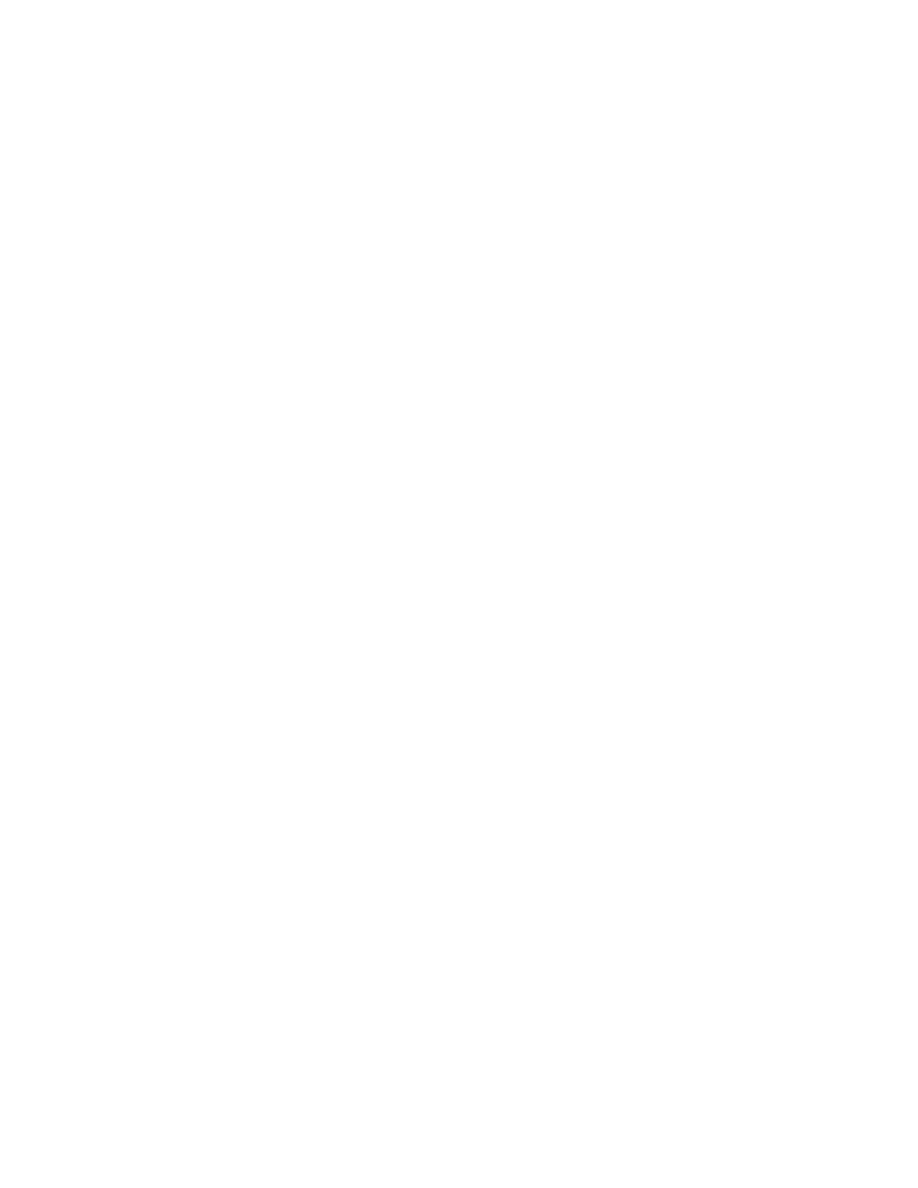
872
14 CFR Ch. I (1–1–19 Edition)
§ 171.313
used to provide the balance of the re-
quired coverage where the proportional
sector is less than
±
40 degrees.
(2) Vertically in the runway region
between:
(i) A horizontal surface 2.5 meters (8
feet) above the farthest point of run-
way centerline which is in line of sight
of the azimuth antenna, and,
(ii) A conical surface originating at
the azimuth ground equipment antenna
inclined at 20 degrees above the hori-
zontal up to a height of 600 meters (2000
feet).
(3) Vertically in the back azimuth re-
gion between:
(i) A conical surface originating 2.5
meters (8 feet) above the runway stop
end, included at 0.9 degree above the
horizontal, and,
(ii) A conical surface orginating at
the missed approach azimuth ground
equipment antenna, inclined at 15 de-
grees above the horizontal up to a
height of 1500 meters (5000 feet).
(iii) Where obstacles penetrate the
lower coverage limits, coverage need be
provided only to minimum line of
sight.
(4) Within the back azimuth coverage
sector defined in paragraph (q) (1), (2),
and (3) of this section the power den-
sities must not be less than those
shown in Table 9, but the equipment
design must also allow for:
(i) Transmitter power degradation
from normal
¥
1.5 dB.
(ii) Rain loss of
¥
2.2 dB at the longi-
tudinal coverage extremes.
(h)
Back azimuth siting.
The back azi-
muth equipment antenna must:
(1) Normally be located on the exten-
sion of the runway centerline at the
threshold end;
(2) Be adjusted so that the vertical
plane containing the zero degree course
line contains the back azimuth ref-
erence datum;
(3) Have minimum height necessary
to comply with the course require-
ments prescribed in paragraph (g) of
this section;
(4) Be located at a distance from the
threshold end that is consistent with
safe obstruction clearance practices;
(5) Not obscure any light of an ap-
proach lighting system; and
(6) Be installed on frangible mounts
or beyond the 300 meter (1000 feet) light
bar.
(i)
Back azimuth antenna coordinates.
The scanning beams transmitted by
the back azimuth equipment may be ei-
ther conical or planar.
(j)
Back azimuth accuracy.
The re-
quirements specified in § 171.313(e)
apply except that the reference point is
the back azimuth reference datum.
(k)
Back azimuth antenna characteris-
tics.
The requirements specified in
§ 171.313(f) apply.
(l)
Scanning conventions.
Figure 12
shows the approach azimuth and back
azimuth scanning conventions.
VerDate Sep<11>2014
08:20 May 17, 2019
Jkt 247048
PO 00000
Frm 00882
Fmt 8010
Sfmt 8010
Y:\SGML\247048.XXX
247048